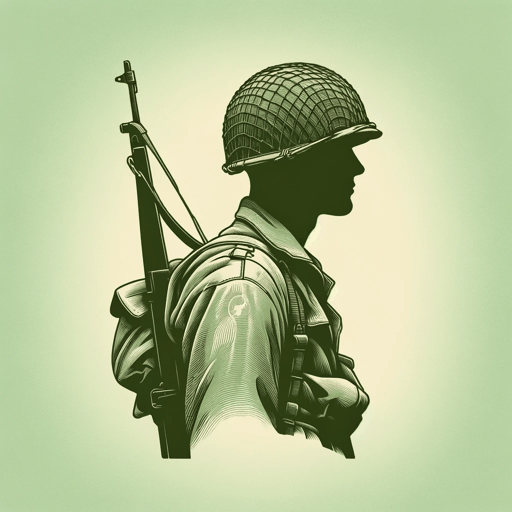62 pages • 2 hours read
Hampton SidesGhost Soldiers: The Epic Account of World War II's Greatest Rescue Mission
Nonfiction | Book | Adult | Published in 2001A modern alternative to SparkNotes and CliffsNotes, SuperSummary offers high-quality Study Guides with detailed chapter summaries and analysis of major themes, characters, and more.
Book 1, Chapters 5-7Chapter Summaries & Analyses
Book 1: “Blood Brothers”
Book 1, Chapter 5 Summary
The Americans at POW camps were expected to follow all Japanese orders in “a state of complete subjugation” (179). The prisoners dressed in G-strings and hand-made sandals. They cut their hair short to avoid lice. Most lost significant amounts of weight.
A few months and a large POW death toll later, the Japanese transferred the prisoners from Camp O’Donnell to Cabanatuan camp, a prewar installation for the Philippine Army. Cabanatuan became “the largest continuously running prisoner-of-war camp in the Philippines, and the largest American POW camp ever established on foreign soil” (181). The camp housed Corregidor prisoners and those from Bataan. At first, Cabanatuan was an “extermination camp” because it was managed by Shigeji Mori with “malign neglect” and a high death toll from illnesses, lack of basic medicine, and malnutrition (181).
The camp established a form of society and a schedule. It had street names like Broadway, a library, and a baseball diamond. Abie Abraham helped establish a “café” for the prisoner to play bridge. Well-educated prisoners lectured others on subjects ranging from history to astronomy, since the stars were visible in the night sky. A metal triangle akin to a chime marked every 30 minutes because it brought order: “Broadcasting the passage of time became a kind of sacrament” (184).
Related Titles
By Hampton Sides



